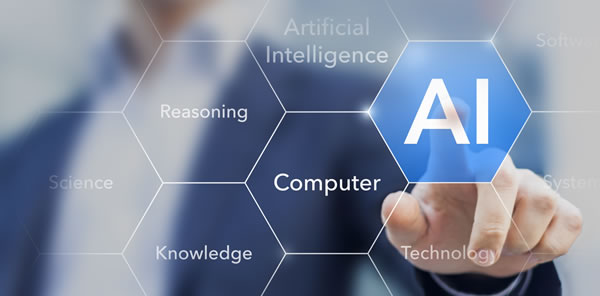Significant worry has arisen recently over the potential of rapidly developing Artificial Intelligence technologies to automate large sectors of the workforce. As the EU currently advances with the development of a Civil Law framework for robotics, a general unease over the impacts of automation could lead to harmful draconian measures. It is important to acknowledge, then, that Artificial Intelligence will not lead to the technological unemployment that Keynes once described.
Fears over technological unemployment result from a narrow thinking regarding human capabilities and changing economic needs. Productivity boosting technologies such as current systems of AI are necessary in responding to the current economic malaise.
A study by the McKinsey Global Institute found that as workforce age increases and birth rates decline across advanced economies, Artificial Intelligence will be increasingly relevant to make up for the productivity shortfall. Early adoption of AI technologies (stipulated as a rapid increase in implementation beginning in 2025) would boost global GDP by 1.4% annually. This would result in significant improvements in the quality of products and services available for consumption and, through competition, lower prices. This in turn would increase the real wages of workers in sectors that experience these productivity improvements.
The same study showed that 30% of tasks are automatable in about 60% of all professions, which is one of the statistics used to sound the alarm bells over technological unemployment. This, however, is a misunderstanding of how human labour adds value to a company. The thing a worker spends most of his time doing is often not the task that provides most value for the company. As more tasks are automated, this does not replace human labour, but rather augments it, reallocating employees time to where they can add the most value.
A practical example of this argument is the introduction of the ATM and the increase in the demand for human tellers. Whereas the majority of the working hours spent by human tellers prior to the ATM’s introduction was on giving customers their cash and updating their bank books, the ATM did not make them redundant. Instead, by taking away these time-consuming tasks from human tellers, it allowed them to reallocate their time to more profitable activities such as improving customer service and upselling to customers. At the same time, ATMs reduced the amount of space and investment required to deal with essential banking functions, allowing banks to open up more branches at lower costs.
An OECD study on automation noticed that most studies on automation view jobs as homogenous across countries and seniority. Once controlling for factors such as the heterogeneity of jobs across different markets, in different locations and at different levels of seniority, the share of jobs that are at high risk of automation actually falls substantially. The EU countries with the highest automation potentials are Germany and Austria, with their large manufacturing sectors putting 12% of their workforce at risk. Even this, however, is not a cause for unemployment concerns.
Since the financial crisis a productivity slump has plagued most of the world, reducing economic growth and holding down real wages. This problem, if not addressed, can spiral into economic disaster given the rapidly ageing populations in most OECD countries. As populations age demand for health and social care services rises. In the UK, it is estimated that by 2037 there will be a care worker shortage of over 750,000.
The introduction of AI technologies that can boost productivity has spillover effects on those sectors that provide more opportunities for human labour. By reducing cost of production and increasing output in certain sectors such as in transport, new technologies would allow more resources to be diverted to those areas with growing need. It has already been found that since 1980 work involving social skills has been the fastest growing sector of the labour market. AI will likely further strengthen this trend.
The essential conditions for this, however, are free labour markets, in particular in the health and social care sectors. The worry of unemployment would then only arise if there exist significant frictions in the labour markets and a lack of training programs. This actually leads to another source of fears regarding AI unemployment: the belief that individuals are only able to do the job that they currently do. Job destruction is a permanent fixture of the economy, but job creation is generally more rapid.
Rigid labour laws that restrict the ability for workers and firms to experiment with new contracts and positions hold back the potential for this (re)training, threatening both jobs and wages. Similarly, fields that are expected to experience high demand, such as health and social care, generally have State imposed wages, which reduce their flexibility. Given the continually increasing demand, market wages for these fields would increase, sending a market signal for individuals to retrain. At present, essentially, the shortage of human capital in these fields is being artificially inflated. It is clear then that it is not Artificial Intelligence that is biggest threat to jobs, but bad policy and rigid labour markets.



